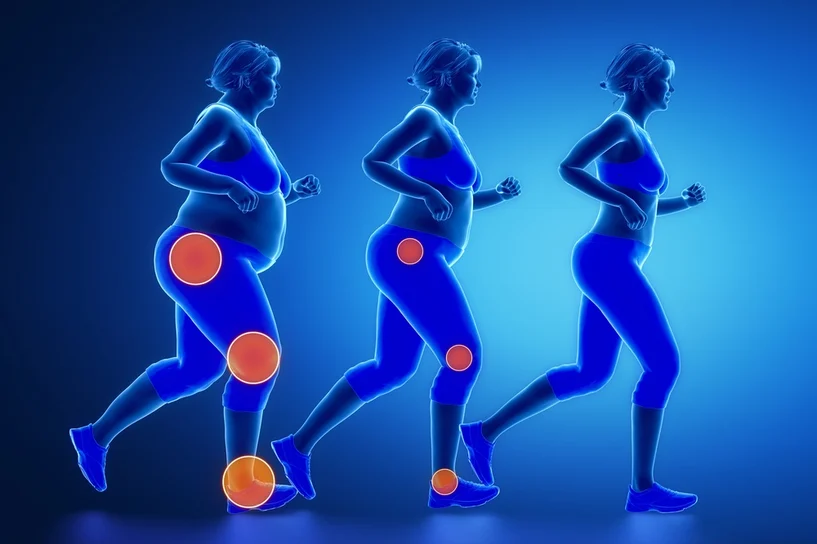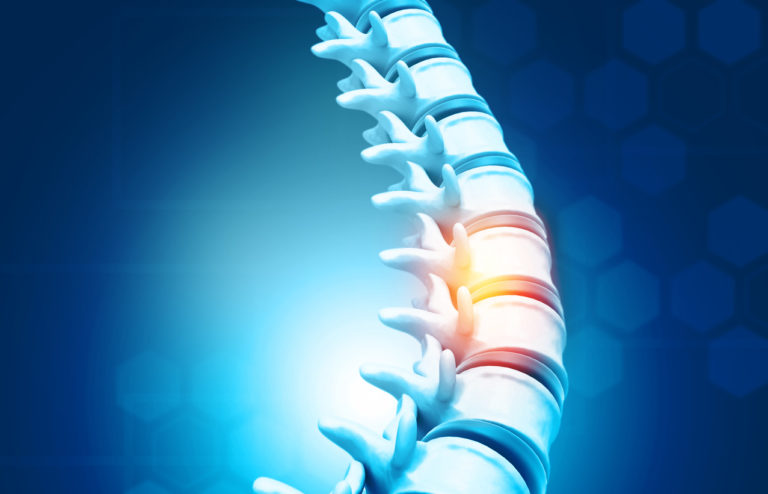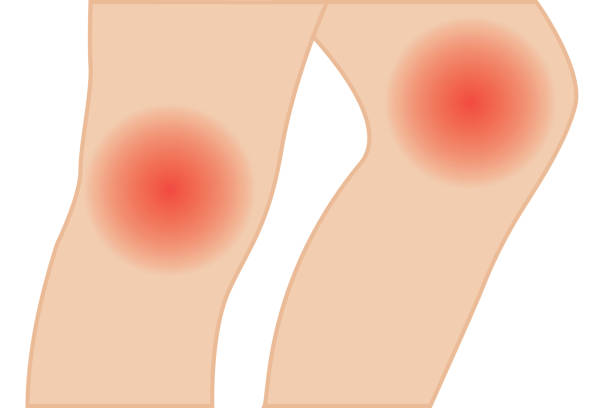



What is Spinal Fusion?
Spinal fusion surgery is conducted to halt spinal movement and reduce the risk of neurological issues. In this procedure, two or more vertebral bodies are connected by employing tools like rods, screws, plates, and/or interbody devices (implants), along with the use of bone graft material. The bone graft can consist of your own bone (autograft), donated bone (allograft), or other grafting options.
Bone Regeneration
The process of bone regeneration is a time-consuming one and typically unfolds in three distinct phases: inflammation, repair, and remodeling.
Inflammation – Blood vessels develop to transport oxygen, nutrients, and various substances to the graft site. This vital process fosters healing and readies the area for bone regeneration.
Repair – During this phase, the body initiates the creation of new bone tissue at the graft site. Specialized bone cells known as osteoblasts are generated to build a framework of connective tissue referred to as woven bone. This signifies the commencement of the body’s acceptance and integration of the graft material.
Remodeling – This phase takes place when the woven bone gradually gets replaced by dense, solid bone known as cortical bone. While it can extend over several months or even years in some instances, this extended process is essential for ensuring long-term success.
Spinal instrumentation functions like an internal cast, leveraging the inflammatory process to kickstart bone healing. Over time, fresh bone integrates with and surrounds the implanted instrumentation, eventually forming a robust structure.
Certain patients face an elevated risk of their spinal fusion not progressing as expected or failing. This outcome, known as a failed fusion, is also referred to as pseudarthrosis or non-union.
Problems treated surgically with spinal fusion
Cervical
1. Fracture Herniated disc
2. Spinal stenosis
3. Degenerative disc disease
Lumbar
1. Spondylolisthesis
2. Adult degenerative scoliosis
How Can a Bone Growth Stimulator Help Spinal Fusion?
Now that we all know what spinal fusion is. There are actually some other ways to speed up the healing process. For a bone to heal, it would take at least 3 months for it to completely heal. Maintaining a healthy diet, taking dietary supplements, exercise and etc. are the most prominent and natural way to speed it up the healing process, however, these days, we have BGS or Bone Growth Stimulator or commonly known as Bone Stimulator. Bone growth stimulation (BGS) is a treatment that your surgeon may recommend following a spinal fusion surgery. It involves the use of a bone growth stimulator device, which is worn after cervical (neck) or lumbar (low back) spine surgery. BGS can assist in the fusion of spinal bones after the surgical procedure or serve as a therapeutic approach in cases of unsuccessful fusion.
A Bone Growth Stimulator (BGS) transmits low-level electrical signals to the fusion site, activating the body’s inherent bone healing process. This can be particularly beneficial for patients at risk of impaired bone healing.
Over half a century ago, researchers made a pivotal discovery that low-level electrical fields could trigger the body’s natural bone-healing mechanism. Subsequent advancements, which encompass the exploration of various energy types that stimulate bone growth, the development of electromagnetic coil technology, and the enhancement of devices, all grounded in scientific and clinical research, have significantly improved the bone healing outcomes for individuals undergoing spinal fusion procedures.
Does Medicare cover Bone Growth Stimulators?
The cost of this technology can vary significantly, typically falling within the range of $5000 to $7000, contingent upon factors such as the manufacturer and the specific area of the body to be treated. When prescribed by an orthopedic physician, BGS units are generally eligible for coverage by most insurance providers, although exceptions may exist. Depending on your insurance plan, you might either have the entire cost of the unit covered or encounter some out-of-pocket expenses. It is advisable to consult with your insurance carrier if your physician recommends a Bone Growth Stimulator to determine the extent of your coverage and potential expenses or you can fill out a form here so that we can check your eligibility with Medicare.
Search Articles
Latest Articles
28th Feb, 24
23rd Feb, 24
20th Feb, 24
15th Feb, 24
13th Feb, 24



 888-616-4156
888-616-4156 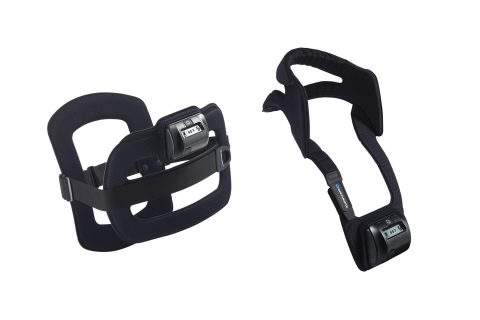

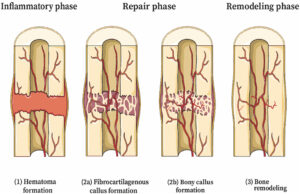
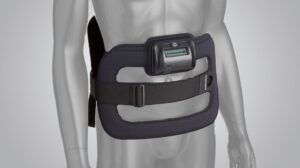


 28th Feb, 24
28th Feb, 24 